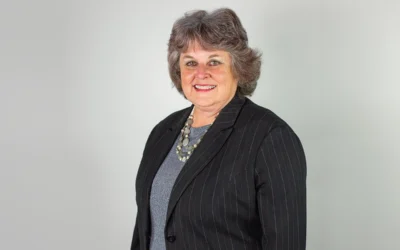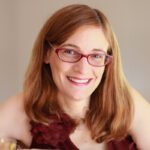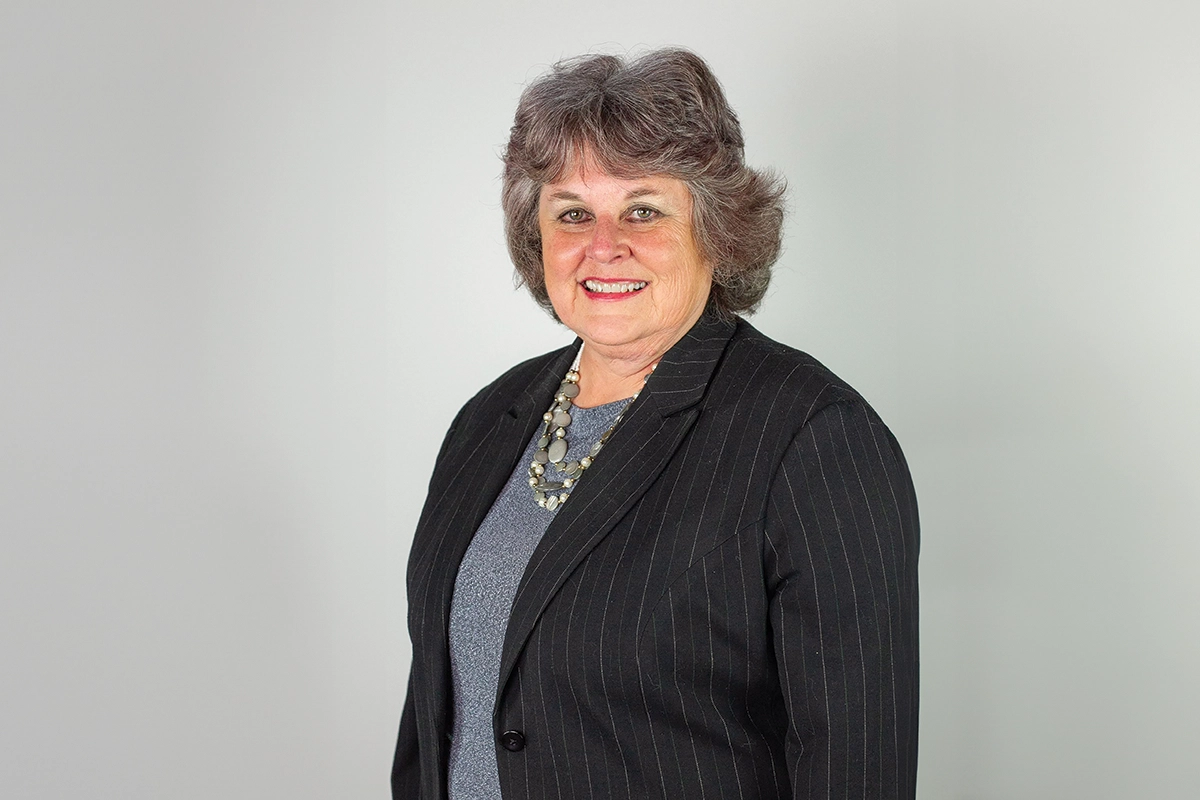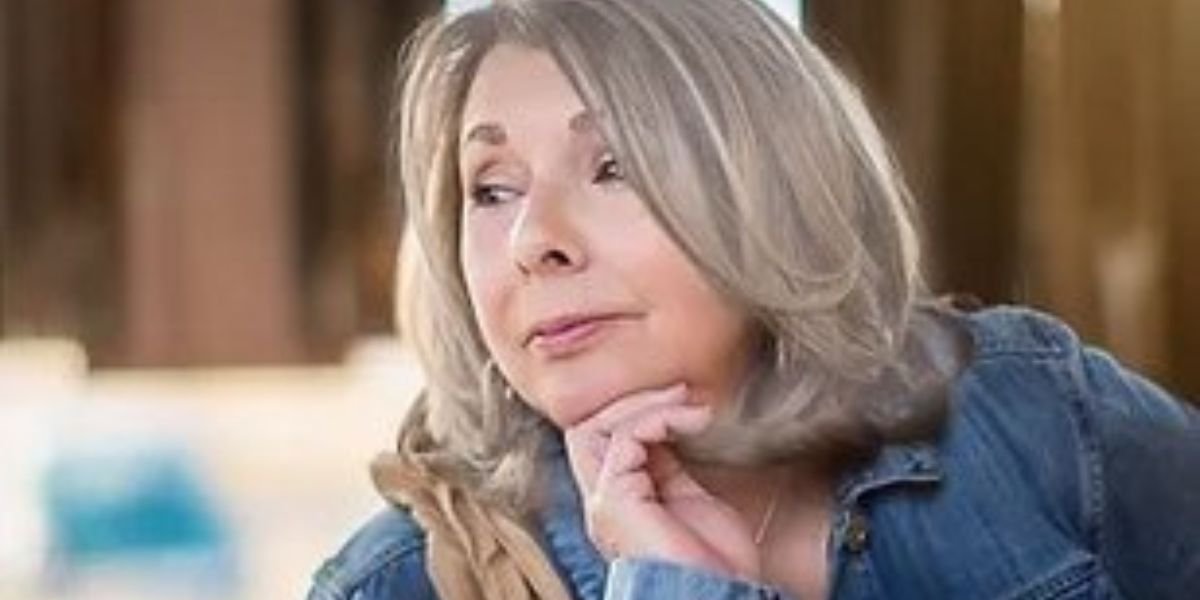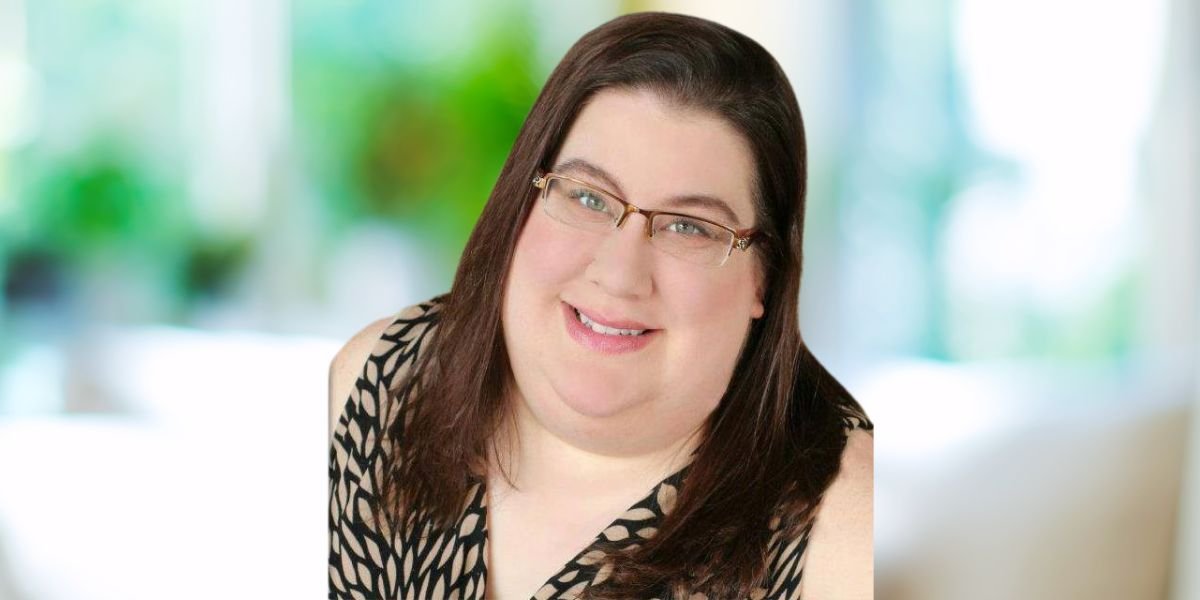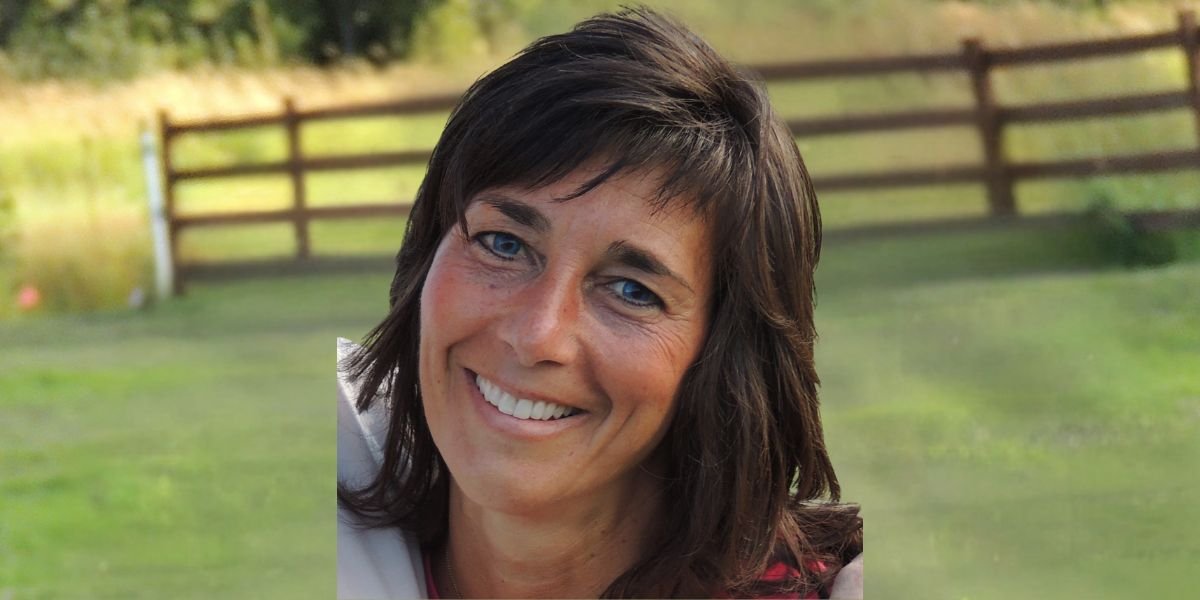Nikolai Ishchuk – A Dance of Control and Chance
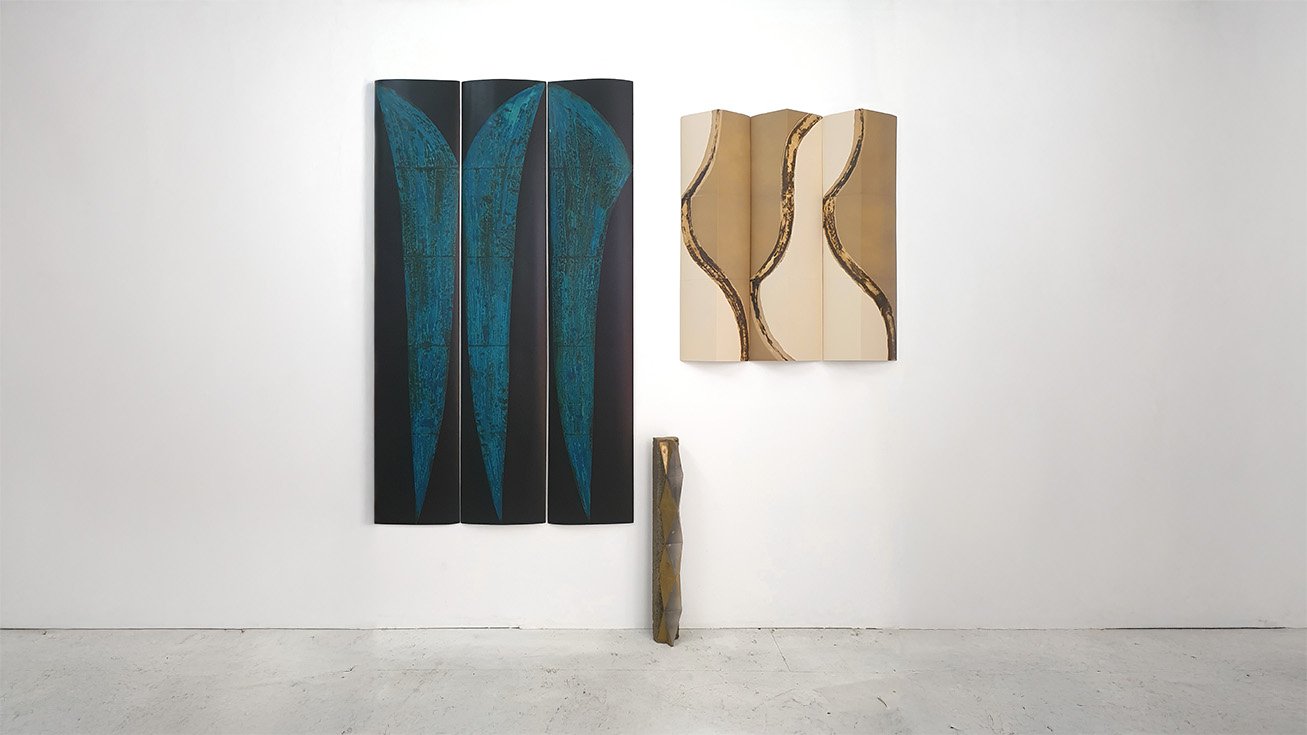
Exploring the intricate balance between precision and unpredictability in Nikolai Ishchuk’s artistic practice
Nikolai Ishchuk discusses his journey through art, revealing the interplay of structure and spontaneity that defines his innovative approach.
Nikolai Ishchuk has emerged as a formidable presence in contemporary art, transcending traditional boundaries with a practice that interweaves the intellectual rigour of his background in economics and social sciences with the tactile, exploratory nature of visual art. His work, celebrated in prestigious spaces from New York to London and Los Angeles, blends painting, sculpture, and architectural elements, constructing forms that resonate on both material and metaphorical levels. He has received accolades from esteemed institutions like the British Journal of Photography, and his tenure as an artist-in-residence at organizations such as MASS MoCA has underscored his commitment to pushing artistic limits. Represented by Marshall Gallery, Ishchuk’s creations continue to captivate audiences and critics alike, carving a niche that bridges the calculated precision of structured grids with the unexpected beauty of fluid, organic processes.
In this conversation, Ishchuk delves into the philosophical underpinnings and methodologies that define his work, from the calculated chaos within his compositions to the layered, time-bound textures that evoke geological and cultural accumulation. With a sensibility as methodical as it is spontaneous, Ishchuk speaks to the compelling tensions between order and unpredictability, control and release, offering insights into a practice where each piece, like sediment in an ancient riverbed, speaks of time, transition, and the dialogue between physicality and imagination.
Nikolai Ishchuk masterfully intertwines intellectual rigor and artistic exploration, creating thought-provoking works that challenge conventional boundaries.
How does your background in Economics and Social and Political Science influence the way you approach your art practice, particularly with regard to abstraction and the tension between precision and unpredictability?
I’m loath to establish causality in that one studied X hence it shows up in the work as Y. Purely by way of an analogy, as in social sciences the law of parsimony (aka Occam’s razor) dictates that the simplest explanations ought to be the truest, so I’ve come to work in a way where each piece or series arises out of the narrowest set of parameters with which I try to create complexity. The work is then methodically iterated around that scaffold until I feel that particular configurations have exhausted themselves – or until they start to break down in productive ways! A tutor in art school once described my practice as relentless that way. I was reading a recent interview with Mark Manders in The Art Newspaper where he says, “If you get the system right, it generates ideas”, and that’s exactly how I see it too.
Your work seems to balance formal, grid-based compositions with unreliable, unpredictable processes. Can you talk about how you navigate this tension between control and chance in your artistic process?
The formal devices have changed over the years. At first I would action paint with cyanotype over prints, overlaying the ‘spills’ with veils of clean-edged metallic paint glazes. Later I moved to replicating process marks or residual image detail through stenciling, or working in paint over pools of poured cyanotype to achieve a kind of trompe-l’oeil effect – basically rearticulating accidental marks as deliberate. In subsequent work, overlapping gave way to zoning: “strict” areas sit next to “looser” ones within delineated boundaries. I sometimes call it “localizing the drama”. More recently still, there are modular brushstrokes snaking across grid cell divisions.
Whatever the exact strategy, it’s a cycle of containment, release and adjustment, with a constant hard/soft push-pull. (This is where I think my practice is different from, say, hard-edge on the one hand and purely process-based abstraction on the other). It’s not groundbreaking stuff in an of itself, but I guess the point is that to make something is not frictionless. It is, necessarily, to relinquish part of the ideal form that’s in your head and to negotiate the slippery business of it becoming a physical thing. You win some, the process wins some, and I want to have both; one without the other gets boring pretty fast.
You reference multiple temporalities and spatial possibilities in your work, often likening it to processes in geology and archaeology. How do these ideas manifest in your practice, and how do they inform the way your pieces evolve over time?
Just conceptually I’m fascinated by processes like accretion and sedimentation (some of my older works were even titled accordingly); the slow churn of matter in deep time. Culture – as in the totality of values, beliefs, symbols, communication etc.– is an accumulation of layers of meaning deposited over one another. I usually build the surface texture and color in thin coats or washes that add up to a kind of compressed depth on a thin substrate. I want my work to have the feel of something with which time has been taken, but also for it to feel slightly out of time, slightly distant. Another artist once remarked that my work felt like it was from both the future and the past, and I often go back to what Svetlana Boym wrote about ruins making us “think of the past that could have been and the future that never took place, tantalizing us with utopian dreams of escaping the irreversibility of time.”
The threshold between flatness and volume has been a prominent preoccupation in my practice. I’ve experimented with cut prints, suspended wall-sized print installations, sculptures where form is basically extruded from black-and-white light traces. My mature wall-based work exists in an ambiguous space – it’s not just a compositionally implied grid, it is a physical grid; it’s not just a curved form depicted, it actually sits on a curved surface. It’s a gentle spatial quality but it disrupts the primacy of frontality and opens the pieces up to multiple perspectives literally and in one’s imagination.
Your practice incorporates elements from painting, sculpture, and architecture. How do you decide which medium or material best serves a particular concept, and how do these mediums interact to create the layered meanings in your work?
With the exception of my drawings, so far I’ve always worked with photographic paper in some capacity. It’s structurally robust, made to withstand not just wetting but prolonged soaking, and you can interact with the surface by light, chemically or by direct application of paint etc. And because it has a layer of smooth emulsion on top, it’s also somewhat repellent. So it’s incredibly rich with regard to various modes of mark-making and how they can be made to interact. At the same time, it’s a bit stroppy and unforgiving, forcing you to own things, which fits my approach to materiality as I’ve described it.
This is the material base that allows me to freewheel without being too preoccupied with convention or “choosing” and from which the distinct identity of the work arises. When people encounter it for the first time, they’re usually unsure what exactly is in front of them. It acts as a painting… that’s physically a bit like print… that also has sculptural presence… that speaks in architectonic form. It’s all of those things while not fully merging with any specifically, and for me, creatively and intellectually, it’s a rewarding place to be.
Having been recognized with several awards and residencies, how has your career evolved since 2012 when you were included in the London Open at The Whitechapel Gallery and won the British Journal of Photography’s award? How did that recognition shape your subsequent artistic journey?
Being selected for The London Open was a pivotal moment in that I was suddenly being taken seriously as an artist. Although I had just started at Chelsea when I got the call, people’s perception of me palpably changed. The work was still different then, but by the time the actual exhibition rolled around, it launched me into the wider world of contemporary art at the right time as my current practice was taking shape. Word of mouth from that show is how I ended up regularly exhibiting in the US. The BJP award came a few months later. It was of course nice to have that recognition and it allowed me to keep one foot in the photography world, taking opportunities like Photo London when they presented themselves. More recently, my work has filtered into a couple museum shows: fittingly, one of alternative painting at the Boulder Museum of Contemporary Art, curated by the wonderful Kate Petley, and one of contemporary cameraless photography at the Eskenazi Museum of Art, curated by Lauren Richman.

